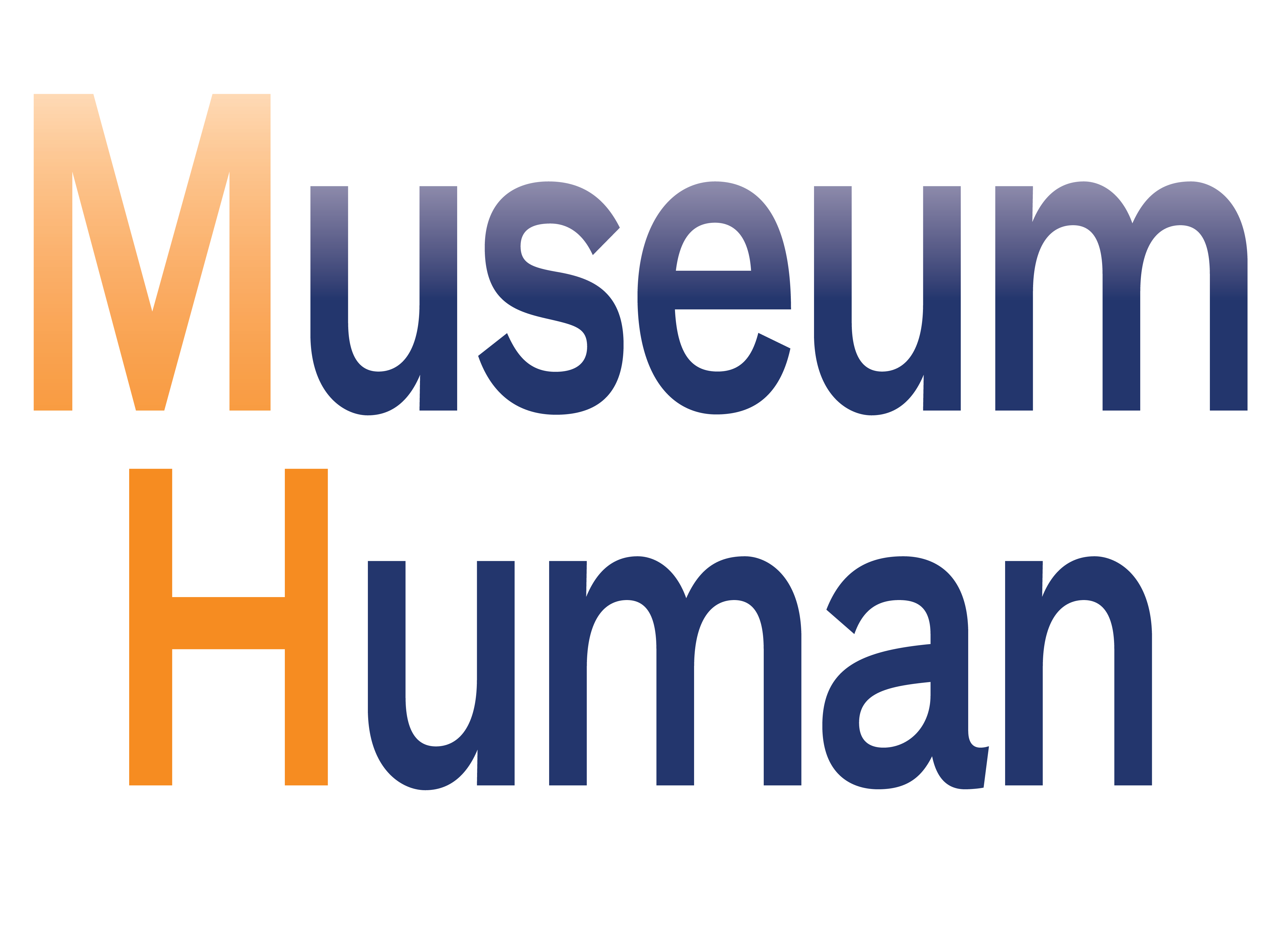
Museums and their workers should avoid financialization in this desperate economy.
If you're reading this and not a subscriber to Museum Human, consider scrolling to the bottom and signing up now—it's free and is the only way to read the site's longer weekly post on the organizational culture of cultural organizations as well as special subscriber-only events.
Though I'm writing more about crypto and NFTs, mostly I'm concerned with the monetization and, worse, financialization of the economy, and that includes museums.
If monetization means that everything we do and have is for sale, financialization is the way to make money off the making of money, often using derivative vehicles that require sophistication in these tools—something that, in the age of Google searches and Robinhood, is too easy to fake it when trying to make it. (And by sophistication I mean seeing past the scams.)
Am I contradicting myself on the need for expertise? We in museums laud our credentials, but are we out of our depth when it comes to making money off of money? We have investment arms, but look at what happened to public transit agencies with default swaps. We have to be careful lest we—and our underpaid workers—are lured into deals that seem too good to be true.
A bigger question is, how much money do museums need to make/raise? And why? Where is this growth getting us? Where might the obsession with growth take museums?
Let's dig in.
One: We start with the current way that museums are using money. Some museums responded to the pandemic funding crises by deaccessioning or diverting trustee money to operations. But should it take a crisis to do so?
Two: Next, is the return to the museum workplace going to be more complicated? If workers and orgs face off over the five-day workweek, even as museums claim they plan to hire more staff, will museums respond by increasing projects and therefore expenditures? Will museums face a funding crunch that might lead them to riskier investments?
Three: Now let's get into financialization and its latest playground: crypto. I feel like this story is supposed to make us feel good about the monetary policy of blockchain organizations, but it still feels like it's justifying monetization and financialization of this new quasi-currency. In light of this year's decline of the stock market (turbocharged by the invasion of Ukraine) and tiny returns on bonds, money markets, and savings, will investors—professional and amateur, including low-paid museum workers—risk everything on crypto?
Four: With cryptocurrencies already highly unregulated, and more internet-only banks, has the entire internet turned into a banking platform? Will museums get in on speculation, too? (Does that describe museum-issued NFTs?) Is deaccessioning just a form of art-world monetization? The Atlantic compares the evolving state of blockchain to the post-investment-banking arrival of complex derivatives:
As a part of that gamble, blockchain purveyors are re-creating some of the esoteric names and structures that made finance require specialized expertise. Technically speaking, if you just want a record of a digital asset, you can accomplish that feat with an ordinary database. Web3 proponents insist that the blockchain is necessary to produce a public account of the records, which no one agent controls. Or, in the case of smart contracts and decentralized autonomous organizations, computer code that automatically enforces rules. But that decentralized aspiration is already devolving to centralized control, as NFT marketplaces such as OpenSea (which serves Twitter’s profile-pic feature) and crypto wallets such as MetaMask achieve Web2-style scale. Whether Web3 really ends up being decentralized might not really matter, so long as enough people believe in the speculative value it purports to create.
The point is, has the promise of a decentralized internet (web3) already devolved into fish-in-a-barrel shooting for the big financial and tech players? This matters as museums—and their workers, as well as artists and their estates—look to NFTs for monetary value. (I'll have a post on the latest state of NFTs, DAOs, and more soon.) Can financial vehicles based on NFTs be far behind—and far more complicated? Think of what El Salvador is trying to do with making crypto an official currency.
Five: Here's a related piece about a proposed law to manage AIs. Expect automation to play a greater role in organizational—and people—management, increasing the risk that institutions will place finances and investments in algorithmic, er, hands.
Six: Here's a reminder, mentioned above, that internet decentralization is more centralized than many might realize. There's little new under the sun; it's just that the knowledge about what it really is isn't evenly distributed.
Seven: As a reminder of the uncertainty in the museum field that might fuel financial speculation, we can consider the latest covid-era museum labor data. As workers push for greater schedule flexibility, will museums panic over the lack of on-site culture and camaraderie? Here's Elizabeth Merritt of the American Alliance for Museums' Center for the Future of Museums:
If there is a skills and labor shortage, what might museums do to attract and retain the people they need? In the for-profit sector, these steps have included offering hiring bonuses, raising salaries, and improving benefits. If museums raise salaries and benefits, during pandemic recovery, will this create a new, higher baseline for compensation, or will the gains erode over time as the labor market rebounds? During the pandemic, as they struggled to support their staffs, some museums also began to address deeper questions around labor, asking how they could build better, more equitable, and more stable employment for the people who work in our field. How might museums, collectively, sustain these conversations, and use them as an opportunity to establish new operational norms? …
Museums might use pandemic recovery as a chance to reexamine what jobs are needed to support the museums' work going forward. Seventeen percent of snapshot respondents indicated they anticipate shifts in how they allocate staff across departments in the coming year. Combing through the free text for these replies, no clear pattern emerges. Some museums plan to use fewer front-line staff, some more. Many respondents say they are increasing the staff devoted to digital initiatives and online programming. (Which makes sense, since 76 percent say they intend to continue virtual programming they started during the pandemic.)
Eight: Getting back to crypto and NFTs, here's a non-monetized approach to art and crypto, a performance-art-satire project using tokens that are very fungible indeed. (It's better than all the celebrity-driven NFTs out there.)
Nine: Did you see it during the Super Bowl? Did you click? The security nightmare of Coinbase's Super Bowl QR ad has some lessons for museums who may not be able to succinctly explain what these codes, or any new technology, might be for.
Ten: Finally, a reminder that the best solutions to neoliberalism are local. Some groups (some of them funded by billionaires) are even trying to find alternatives to capitalism. To paraphrase the saying about food—if your grandmother wouldn't recognize the financial instrument, it's not a worthwhile solution to your problems.
Where these links intersect is where precarity collides with wealth, along with mission and desperation. Liberation is realizing that the narrative of the need for ever more money is just that: a narrative. I'll have more to write about NFTs in the future, but I'll always interrogate the idea that these tools are just a path to untold riches. We don't need crypto to dismantle hierarchical org structures and other forms of oppression. There might be ways that decentralized technology can help—if we avoid greed.
Stay tuned for next week's post, as Museum Human examines the importance of another set of initials for the museum world—AOC (spoiler: Museum Human is a big fan) and the promise of new actors taking on traditional leadership, but the dangers of rock-star organizational narratives for institutions like museums.
If you're reading this and not a subscriber to Museum Human, consider signing up for a free subscription below—it's the only way to read the site's longer weekly post on the organizational culture of cultural organizations and subscriber-only special events. Thank you for reading!
cover image by Andre Taissin / Unsplash [description: a piggy bank tipped over onto a pile of coins on a beige wood surface]

Links of the Week: February 25, 2022: Financialize This by Robert J Weisberg is licensed under a Creative Commons Attribution-NonCommercial-ShareAlike 4.0 International License.






